Baegmagang River (백마강)
17.6 Km 8551 2017-08-08
Buyeo-eup, Buyeo-gun, Chungcheongnam-do
Baegmagang River (백마강), which literally means ‘the largest river in the Baekje Kingdom’, refers to the 16km-long Geumgang River.
There are many historic sites all along Baegmagang River, which flows around Mt. Busosan, including Cheonjeongdae Altar (천정대), where important national affairs of the Baekje Dynasty were determined, Nakhwaam Rock (낙화암), Joryongdae Rock, Gudeure, BusanㆍDaejaegak Pavilion, Jaondae Rock and Subukjeong Pavilion.
* Joryongdae Rock (조룡대)
A small island-like rock on the Baegmagang riverside
* Daejaegak Pavilion (대재각)
Daejaegak Pavilion is located at the Baegmagang River cliff across from the Gudeure Ferry. In this pavilion can be found a rock bed engraved with ‘Jitongjaesim Ilmodowon’ on its surface.
Baekjewon (백제원)
17.6 Km 4983 2021-02-18
553, Baekjemun-ro, Buyeo-gun, Chungcheongnam-do
+82-41-832-0041
Baekjewon is a cultural complex made up of a botanical garden and Buyeo Museum. As the only botanical garden in Buyeo, Baekjewon boasts a well organized collection of plants and agricultural materials of Buyeo. Buyeo Museum's exhibitions present cultural relics, records of modern history, film and music-related materials of Buyeo from the Baekje Kingdom to modern times.
Daejeon Jagwangsa Temple (자광사(대전))
17.7 Km 8001 2021-09-07
50-8, Hakhadong-ro 63beon-gil, Yuseong-gu, Daejeon
+82-42-822-9220
Legend has it that the region of Hakha-dong was where the gods lived when they periodically came down from the heavens. When Jagwangsa Temple was built in the district, Song Siyeol saw it as a sign and created a village school near the temple to train his pupils. It was his hope that the sacred land would aide in the raising of gifted students who would grow to serve their community and country. When building the school, Song Siyeol also planted a juniper tree that, 300 years later, still proudly stands by Jagwangsa Temple.
Upon entering the temple area, visitors will find to their left the Seongjeonnyeongdangji Memorial Stone, which serves to commemorate Song Siyeol and his school. Next to the memorial stone is a pond in which carp swim lazily around lotus flowers. From the white wooden chair in front of the pond, there is a large bell to the left and main Dharma Hall to the right.
Baengmagang Leisure Park (백마강레저파크)
17.8 Km 3055 2022-04-08
424, Wangheung-ro, Buyeo-gun, Chungcheongnam-do
+82-1833-8982
Baengmagang Leisure Park provides camping all year round as well as caravan facilities and water sports facilities. Visitors can enjoy waterski, wakeboarding, banana boat, and water playgrounds as well as outdoor swimming pool in the summer.
Goransa Ferry (고란사유람선)
18.1 Km 33364 2020-02-07
Buso-ro, Buyeo-gun, Chungcheongnam-do
+82-41-835-4689
Goransa Ferry is the best way to understand the history of the Baekje dynasty while enjoying the still waters of Baengmagang River. The ferry passes various historical sites within Busosanseong Fortress, including Cheonjangdae Cliff, Nakhwaam Rock, Joryongdae Cliff, and Jaondae Cliff. Of these sites, Nakhwaam Rock (Falling Flower Rock) is perhaps the most famous, being known as the location where many Baekje women jumped from the cliff rather than be taken captive when the dynasty fell to invading forces. Another key site is Goransa Temple, home to a fountain of natural spring water that was said to prevent aging.
Nakhwaam Rock (낙화암)
18.2 Km 37490 2021-09-14
Bukpo-ro, Buyeo-gun, Chungcheongnam-do
+82-41-830-2880
Nakhwaam is a rock cliff towering over Baengmagang River in the northern end of Busosan Mountain. According to the legend, this is where the royal court women of Baekje jumped off to kill themselves when the kingdom of Baekje was defeated during the invasion of Sabiseong Fortress (now Busosanseong Fortress in Buyeo) by the Shilla-Tang Alliance. The name of this rock, Nakhwaam, literally means "the cliff of falling flowers" and symbolizes the fidelity and loyalty of Baekje women.
Jinjamhyanggyo Confucian School (진잠향교)
18.2 Km 5244 2022-12-26
67, Gyochon-ro, Yuseong-gu, Daejeon
+82-42-543-1811
Jinjamhyanggyo Confucian School was established to enshrine and orient the ancestral tablet of excellent classical scholars in 1405 (the 5th year of King Taejong's reign) and to educate people. More detailed information is not available in the record. The remaining building is called Daeseongjeon, and the ancestral tablets are 5 Seong, Songju 6 hyeon, and Korean 18 hyeon. One instructor, who received a plot of land and slaves from the nation, taught 30 students during the Joseon period, but after the Gapo Reform, the educational function disappeared and Seokjeon, a religious ceremony, was served in summer and fall with offerings of incense on the first day of each month and at the half-moon instead. Daeseongjeon (Cheongju Daeseong High School (Former Main Building of Cheongju Commercial High School) is designated as a Registered Cultural Heritage.
Goransa Temple (고란약수)
18.2 Km 10497 2021-11-26
1-25, Buso-ro, Buyeo-gun, Chungcheongnam-do
+82-41-830-2623
Goransa Temple is located at the foot of the cliffs of Nakhwaam before the Baengmagang River. There is a well called Goranjeong behind the temple. The kings of Baekje are said to have drank water from this well at least once a day. It is said the water will make anyone who drinks it become three years younger.
Buyeo National Museum (국립부여박물관)
18.2 Km 17783 2021-08-13
5, Geumseong-ro, Buyeo-gun, Chungcheongnam-do
+82-41-833-8562
Buyeo National Museum was first established by the Buyeo Preservation Society in 1929 as a collection of relics and artifacts related to the Baekje kingdom. This collection was on display at a government building from the Joseon dynasty until 1970, when a new building was erected on the southern foothills of Busosan Mountain. It moved again on August 6, 1993 to the current location. The museum has four exhibition halls and an outdoor exhibit with a total of about 1,000 relics on display.
Great Baekje Festival (대백제전)
18.3 Km 32005 2023-09-11
455, Baekjemun-ro, Buyeo-gun, Chungcheongnam-do
+82-41-635-6980
Great Baekje Festival first started in 1955 and aims to bring the history and culture of the Baekje era to life, taking place at UNESCO-recognized sites. Visitors can enjoy various programs while traveling back to the Baekje era.
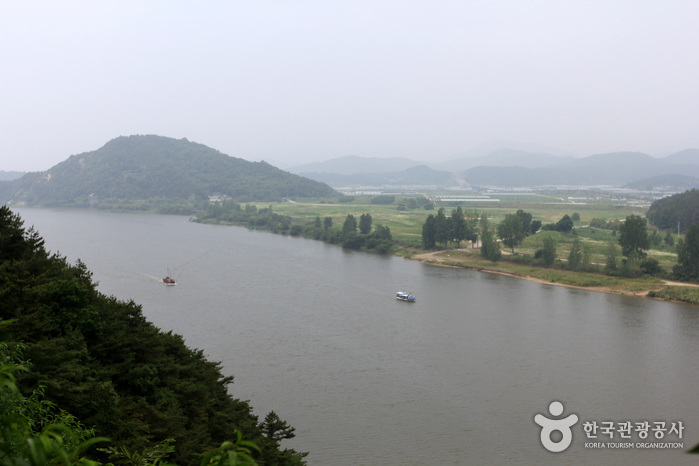
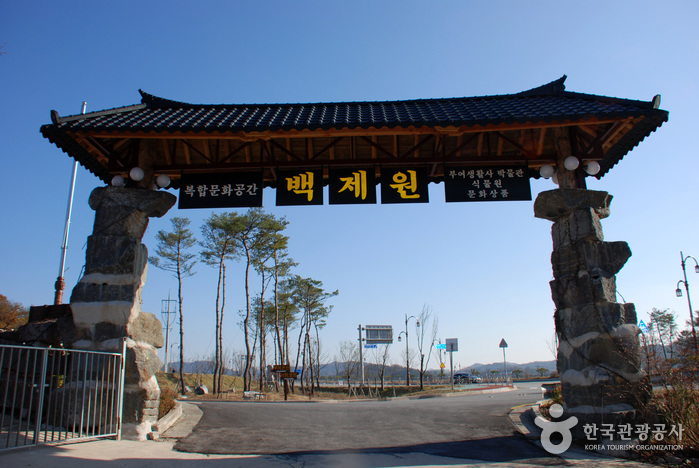
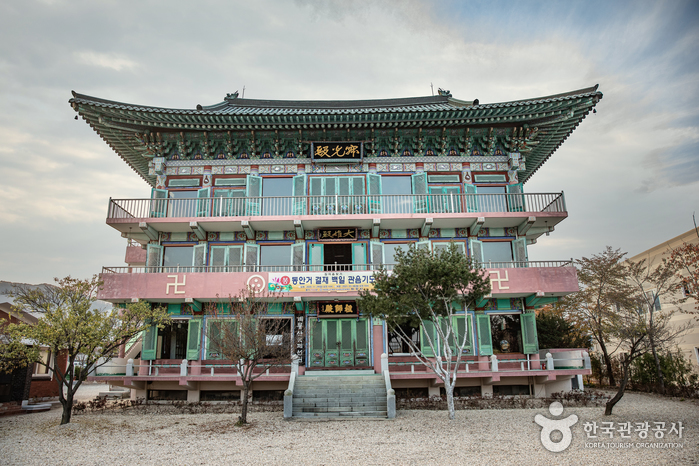
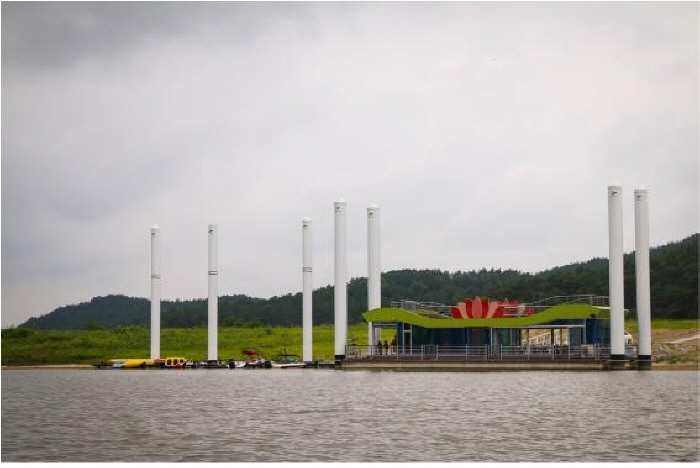

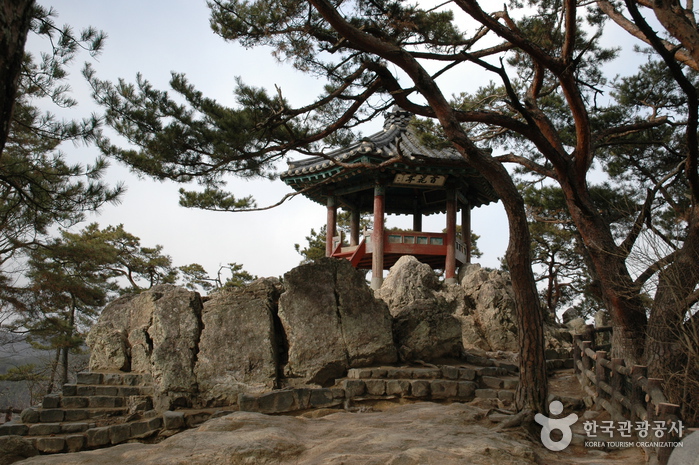

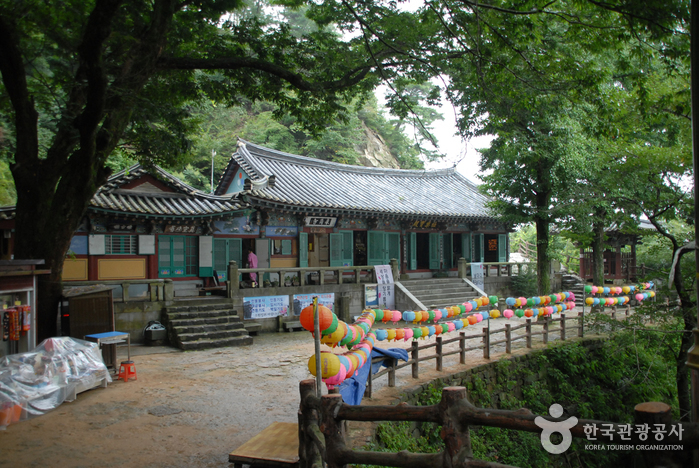
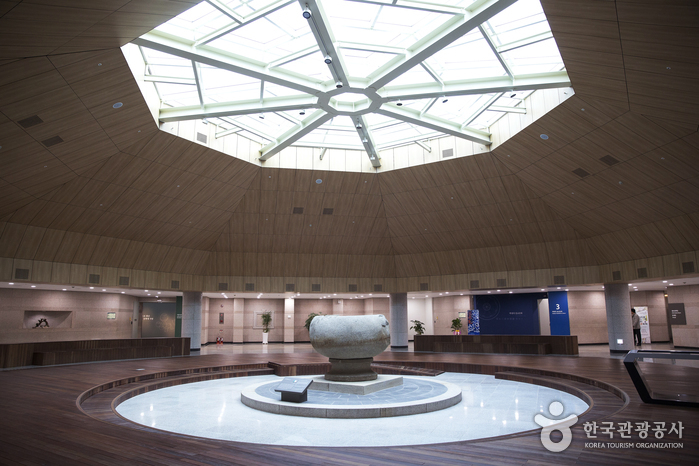
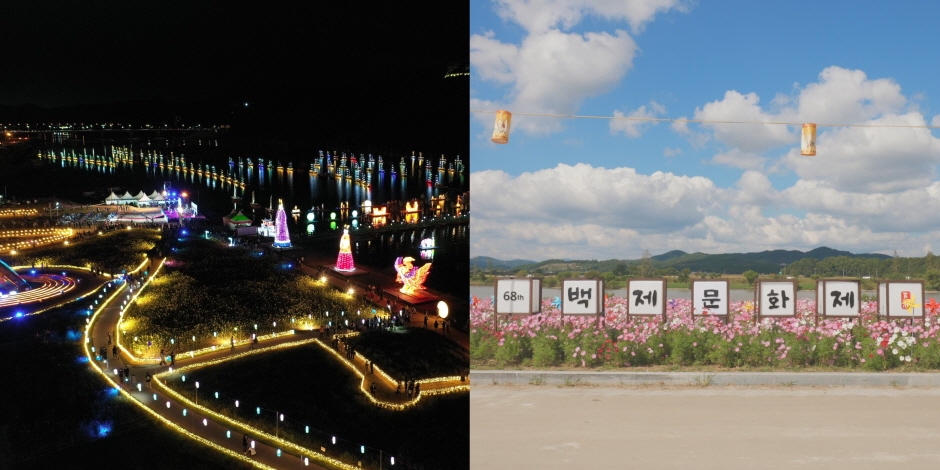
 English
English
 한국어
한국어 日本語
日本語 中文(简体)
中文(简体) Deutsch
Deutsch Français
Français Español
Español Русский
Русский